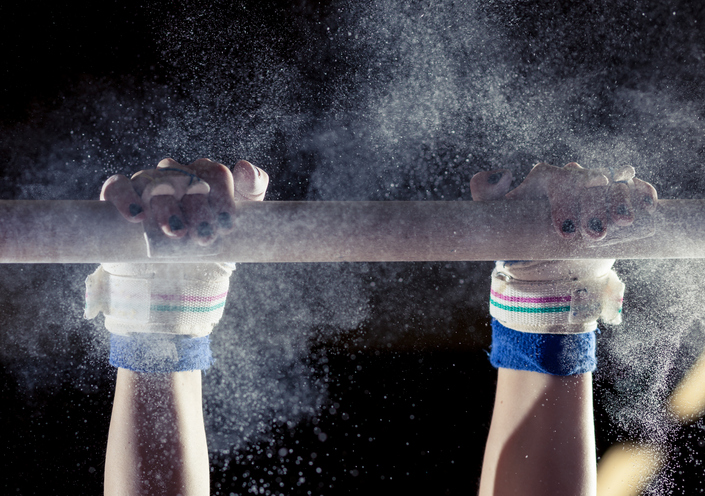
The 2024 Paris Olympic Games have already provided viewers with excitement and wonder. Simone Biles stunned the world again with her outstanding performance in gymnastics events despite reports of her injuring her calf during warmups. As Biles and other gymnasts know, their sport can be risky.
Gymnastics, with its mix of strength, flexibility, and agility, is a sport that captivates many. However, the intricate and often high-impact movements involved also pose orthopedic risks, making injury prevention and awareness crucial for gymnasts of all levels. The repetitive nature of gymnastic routines can lead to overuse injuries, particularly in the wrists, elbows, shoulders, ankles, and knees.
Acute injuries, such as sprains, strains, and fractures, can occur during high-impact routines involving flips, landings, and vaults. The intense physical demands and the need for precise landings put significant stress on the bones and joints, increasing the risk of these injuries. For instance, an awkward landing from a dismount can result in ankle sprains or even fractures. Similarly, the repetitive stress on the lower back from skills like back handsprings and back tucks can lead to conditions such as spondylolysis, a stress fracture in one of the vertebrae.
Proper training, conditioning, and technique are crucial to mitigate risk of injuries. Coaches and gymnasts should emphasize strength training, flexibility exercises, and adequate rest to allow the body to recover and adapt. Using appropriate equipment and ensuring safe practice environments can also play a significant role in injury prevention. Early intervention and proper medical care are essential when injuries do occur to prevent long-term damage and ensure a healthy, prolonged career in gymnastics.
As Biles and her teammates continue to strive for gold, Team SOS is cheering for safe and successful games!
